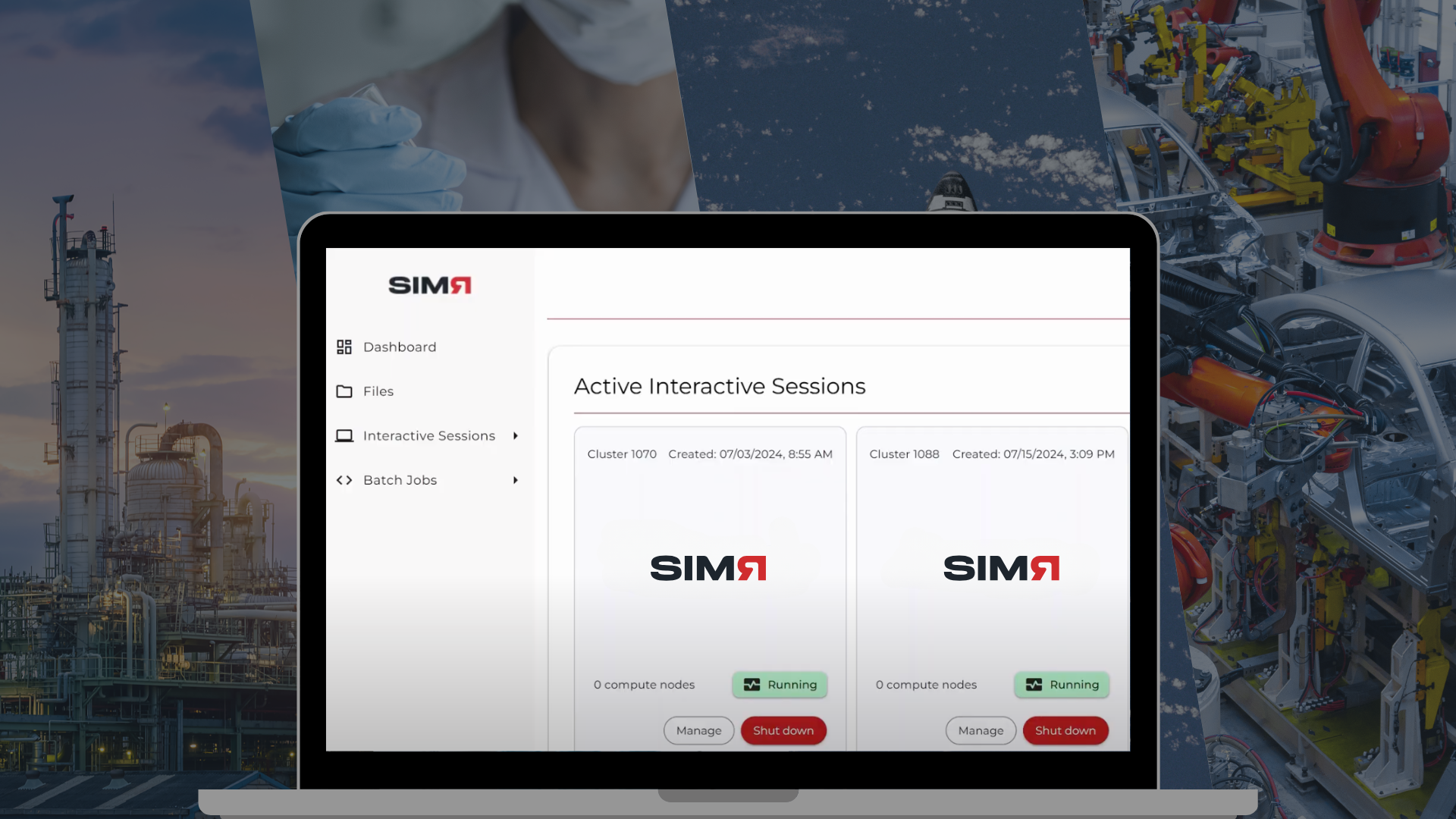Unlocking the New Frontier in Engineering Simulation: Insights and Trends*
In the rapidly evolving landscape of product development, simulation has emerged as a cornerstone technology, driving innovation across critical sectors such as automotive, aerospace, defense, telecommunications, medical devices, and consumer products. According to a recent McKinsey survey (2023), successful product development is heavily reliant on sophisticated digital tools, and over the next five years, an estimated $30 trillion in revenues will hinge on the success of such projects in these industries.
The survey, which sampled opinions from R&D leaders, reveals a significant reliance on digital product development. An overwhelming three-quarters of respondents view digitalization in product development as crucial, yet a striking half concede they lack the necessary capabilities.
At the heart of this digital revolution is the power of simulation — providing a virtual platform for product performance and behavior analysis. This paradigm shift has not only altered engineering practices but has also enabled development teams to gain deeper insights, identify potential issues earlier, increase product quality, and accelerate product testing and validation.
However, the realm of simulation is not without challenges. It is undergoing a transformation, catalyzed by disruptions such as cloud-based simulation platforms, which offer a complementary approach to traditional workstation-based infrastructure. These innovations include meshless methods and multiscale modeling, which enrich the simulation landscape with new possibilities.
The integration of Artificial Intelligence (AI) and Machine Learning (ML) technologies is also reshaping the simulation domain. These technologies have been pivotal in scaling computational simulation models and have demonstrated a remarkable increase in simulation speed—up to thirty-fold compared to conventional numerical simulation methods. Between 2016 and 2021, for instance, the use of deep learning models as surrogates for traditional numerical simulation increased thirty-fold.
Looking ahead, there is a collective drive for further digitization and an increase in investment in new simulation technologies. This dynamic shift is prompting companies to re-evaluate their simulation toolsets, embedding more advanced and efficient tools into their processes.
The survey conducted by McKinsey in partnership with NAFEMS dives into these developments, highlighting key insights:
1. The business case for simulation has shifted, with priorities moving from improved product performance and cost reduction to a focus on faster time-to-market as the leading value driver.
![]()
2. AI and ML in simulation are still in their nascent stages, with classical simulation techniques like finite element analysis (FEA) being more mature and widely adopted.
3. The automotive industry leads the charge in AI/ML simulation adoption, with 76% of automotive respondents using these technologies, significantly higher than other industries.
![]()
4. Confidence in AI and ML capabilities is a strong influencer in tool selection, with accuracy of results being a critical selection criterion for 91% of companies with operationalized AI/ML-based simulation.
![]()
5. Talent and trust represent significant barriers to broader AI/ML simulation adoption, with a lack of skill and limited understanding of the benefits identified as key impediments.
In conclusion, the future of engineering simulation is vibrant and full of potential, with AI and ML technologies set to play a pivotal role. Companies that successfully navigate this new frontier—by upskilling their workforce, fostering confidence in new technologies, and emphasizing efficiency—will be well-positioned to reap the benefits of faster, more cost-effective, and insightful product development processes.
For a more comprehensive understanding, interested parties are encouraged to review the full survey for a deeper dive into the numbers and narratives shaping the next frontier of engineering simulation.
*) This blog is based on a McKinsey survey (2023) conducted in partnership with NAFEMS, reflecting the current and expected future state of engineering simulation.

.png)




